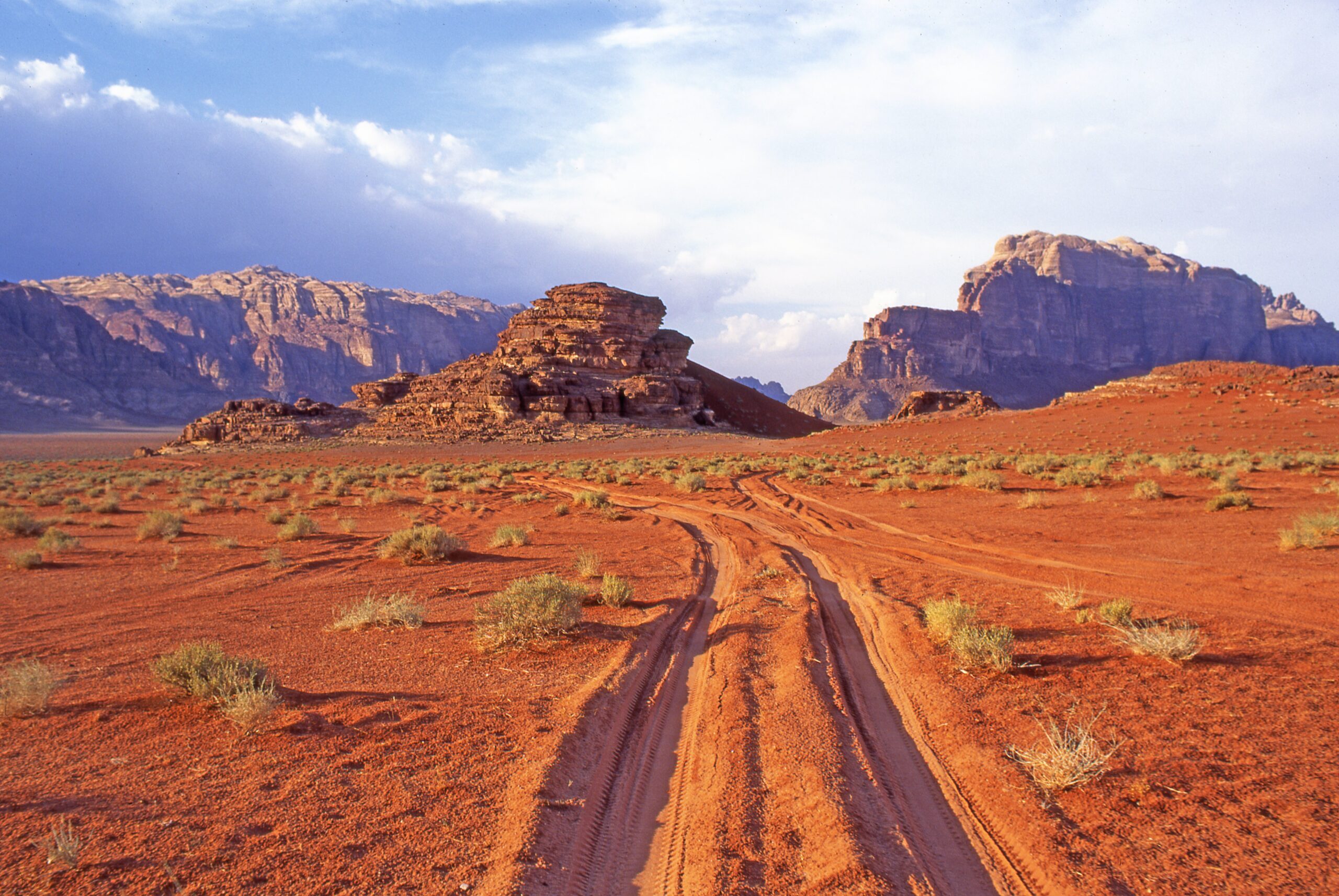
Planning a trip to Jordan can be an exciting adventure, as the country offers a rich mix of history, culture, and natural beauty. Here’s a step-by-step guide to help you plan your trip:
- Set a Budget: Determine how much you’re willing to spend on your trip. Jordan can be both affordable and luxurious, so knowing your budget will help you make decisions about accommodations, activities, and dining.
- Choose the Best Time to Visit: Jordan’s climate can be extreme, with hot summers and cool winters. The best time to visit is during the spring (March to May) and autumn (September to November) when the weather is pleasant. Summers (June to August) can be scorching, while winters (December to February) can be cold, especially in the desert areas.
- Duration of Your Trip: Decide how long you plan to stay in Jordan. A typical trip lasts around 7 to 10 days to cover the major attractions, but you can adjust the duration based on your interests.
- Create an Itinerary: Research the places you want to visit and create an itinerary. Some must-visit destinations in Jordan include:
- Amman (the capital)
- Petra (the ancient city)
- Wadi Rum (the desert)
- The Dead Sea
- Jerash (Roman ruins)
- Aqaba (a Red Sea resort town)
- Visa Requirements: Check if you need a visa to enter Jordan. The visa requirements vary depending on your nationality. You can usually obtain a tourist visa upon arrival or apply in advance at a Jordanian embassy or consulate.
- Flights and Transportation: Book your flights to Jordan and plan your transportation within the country. Jordan has a well-developed road network, and it’s relatively easy to rent a car or hire a driver. Alternatively, public transportation options like buses and shared taxis are available.
- Accommodation: Research and book your accommodations in advance, especially in popular tourist destinations like Petra. Jordan offers a range of accommodation options, from budget hostels to luxury hotels and desert camps.
- Travel Insurance: Consider purchasing travel insurance to cover unexpected events like trip cancellations, medical emergencies, or lost luggage.
- Health Preparations: Check if any vaccinations or health precautions are required or recommended for your trip to Jordan. Consult with your healthcare provider for specific recommendations.
- Currency and Money Matters: Jordan’s currency is the Jordanian Dinar (JOD). Inform your bank about your travel plans to avoid any issues with ATM withdrawals or credit card transactions.
- Learn Some Basic Arabic Phrases: While many Jordanians speak English, it’s helpful to learn a few Arabic phrases to enhance your travel experience and show respect for the local culture.
- Respect Local Customs: Research and understand Jordan’s customs and cultural norms. Dress modestly, especially in more conservative areas, and be respectful of local traditions.
- Safety Considerations: Jordan is generally a safe country for travelers, but it’s essential to stay informed about the current political and safety situation before and during your trip. Follow any travel advisories issued by your government.
- Pack Accordingly: Pack clothing suitable for the season and activities you have planned. Comfortable walking shoes are a must, especially for exploring archaeological sites like Petra.
- Tours and Activities: Consider booking tours or activities in advance, especially for popular destinations like Petra and Wadi Rum. This can help you secure your spot and make the most of your visit.
- Local Cuisine: Be sure to try Jordanian cuisine, which includes dishes like falafel, shawarma, and mansaf. Don’t miss out on experiencing local food in restaurants and markets.
- Stay Connected: Purchase a local SIM card or an international roaming plan to stay connected during your trip. Wi-Fi is available in most hotels and cafes.
- Enjoy the Journey: While it’s essential to plan, be open to spontaneity and enjoy the journey. Jordan has a lot to offer, and you may discover hidden gems along the way.
Remember that flexibility is key when traveling, as unexpected situations may arise. With careful planning and a sense of adventure, you can have a fantastic trip to Jordan and create lasting memories.

Creating an itinerary for an adventure tour to Jordan requires careful planning to ensure that you make the most of your trip while experiencing the country’s rich culture, history, and natural beauty. Here’s a step-by-step guide on how to set up a tour itinerary for an adventure tour to Jordan:
Step 1: Determine Your Travel Dates
- Decide when you want to visit Jordan. Consider factors like weather, festivals, and personal schedules. The best time to visit Jordan is typically in the spring (March to May) or autumn (September to November) when the weather is mild.
Step 2: Set a Budget
- Determine your budget for the trip. This will help you make decisions regarding accommodations, activities, and transportation.
Step 3: Decide on the Duration of Your Trip
- Determine how long you’ll be staying in Jordan. A typical adventure tour to Jordan might last anywhere from 7 to 14 days, depending on your interests and the places you want to visit.
Step 4: Plan Your Itinerary
- Day 1: Arrival in Amman
- Arrive at Queen Alia International Airport in Amman.
- Check into your hotel in Amman.
- Spend the evening exploring Amman’s downtown area and trying local cuisine.
- Day 2: Amman
- Visit Amman Citadel and the Roman Theater.
- Explore the Amman Souk and Rainbow Street.
- Day 3: Jerash
- Take a day trip to the ancient city of Jerash.
- Explore the well-preserved Roman ruins.
- Day 4: Ajloun
- Visit Ajloun Castle and enjoy a hike in Ajloun Forest Reserve.
- Day 5: Madaba and Mount Nebo
- Visit the city of Madaba and its famous mosaic map.
- Continue to Mount Nebo for panoramic views.
- Day 6: Dead Sea
- Relax at the Dead Sea. Float in its salty waters and try mud treatments.
- Day 7: Dana Biosphere Reserve
- Hike in Dana Biosphere Reserve and stay in eco-friendly accommodations.
- Day 8: Petra
- Travel to Petra, one of Jordan’s most famous sites.
- Explore the archaeological wonders of Petra.
- Day 9: Petra
- Continue exploring Petra.
- Optionally, hike to the Monastery or visit the Petra By Night event.
- Day 10: Wadi Rum
- Head to Wadi Rum, a desert wilderness.
- Enjoy a Jeep safari, camel ride, and stargazing.
- Day 11: Aqaba
- Travel to Aqaba on the Red Sea.
- Relax on the beach or explore marine activities like snorkeling or diving.
- Day 12: Wadi Mujib
- Hike through Wadi Mujib, the “Grand Canyon of Jordan.”
- Day 13: Amman
- Return to Amman.
- Visit the Royal Automobile Museum or other attractions.
- Day 14: Departure
- Depending on your flight schedule, you may have some free time for last-minute shopping or exploration before departing from Amman.
Step 5: Accommodations and Transportation
- Book accommodations in advance, considering your budget and preferences.
- Arrange transportation, whether it’s through a tour operator, rental car, or public transportation.
Step 6: Activities and Tours
- Research and book adventure activities and tours in advance. This could include guided hikes, desert safaris, and cultural experiences.
Step 7: Travel Documents
- Ensure your passport is up-to-date and check the visa requirements for Jordan.
Step 8: Packing
- Pack suitable clothing for various climates, including modest attire for religious sites.
- Don’t forget essential items like sunscreen, comfortable shoes, and a reusable water bottle.
Step 9: Health and Safety
- Consult your doctor for vaccinations or health precautions.
- Purchase travel insurance.
Step 10: Stay Informed
- Stay informed about local customs and cultural norms.
- Research the latest travel advisories and safety tips for Jordan.
With a well-planned itinerary, you’ll be ready for an adventurous and culturally enriching trip to Jordan. Be open to spontaneous experiences, and don’t forget to savor the local cuisine and hospitality.
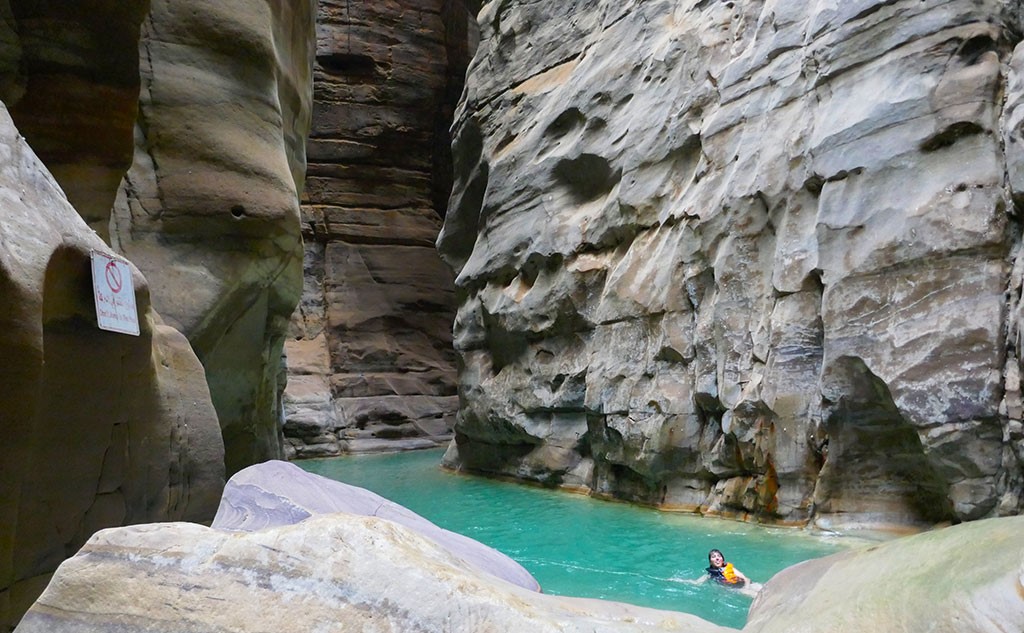
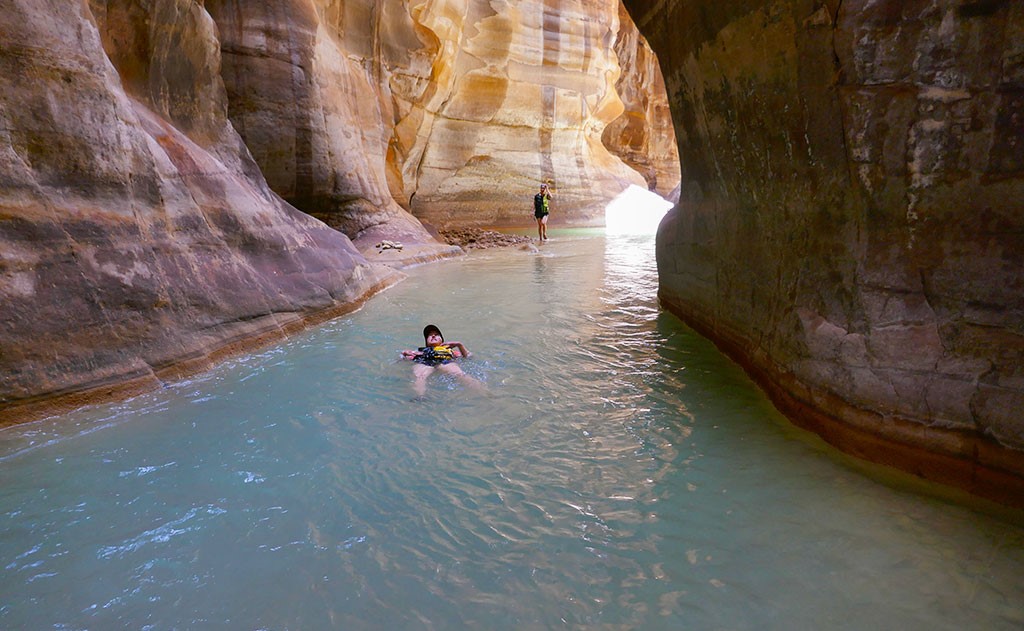
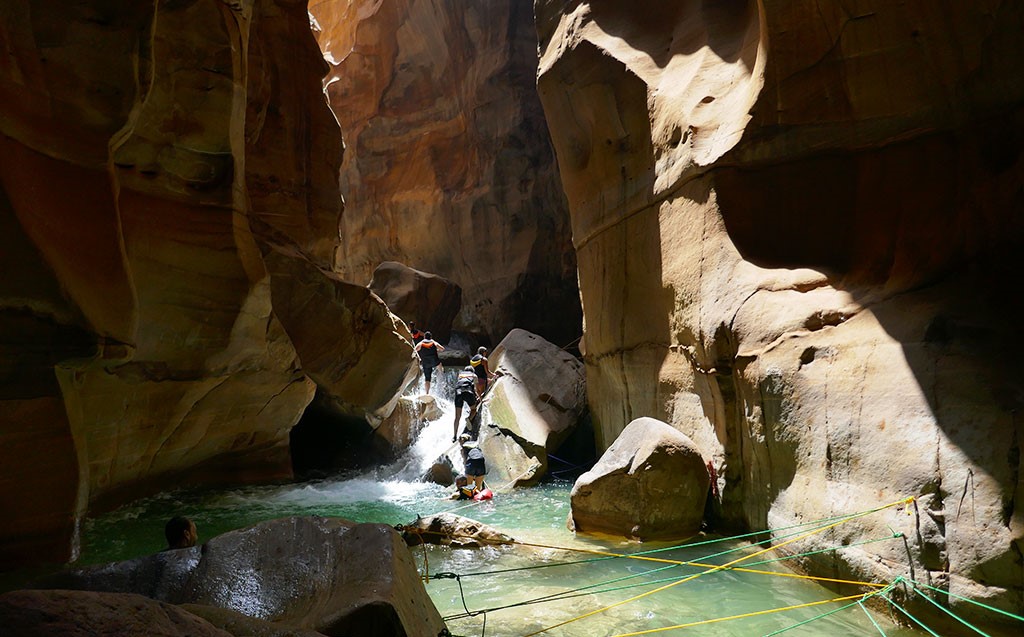
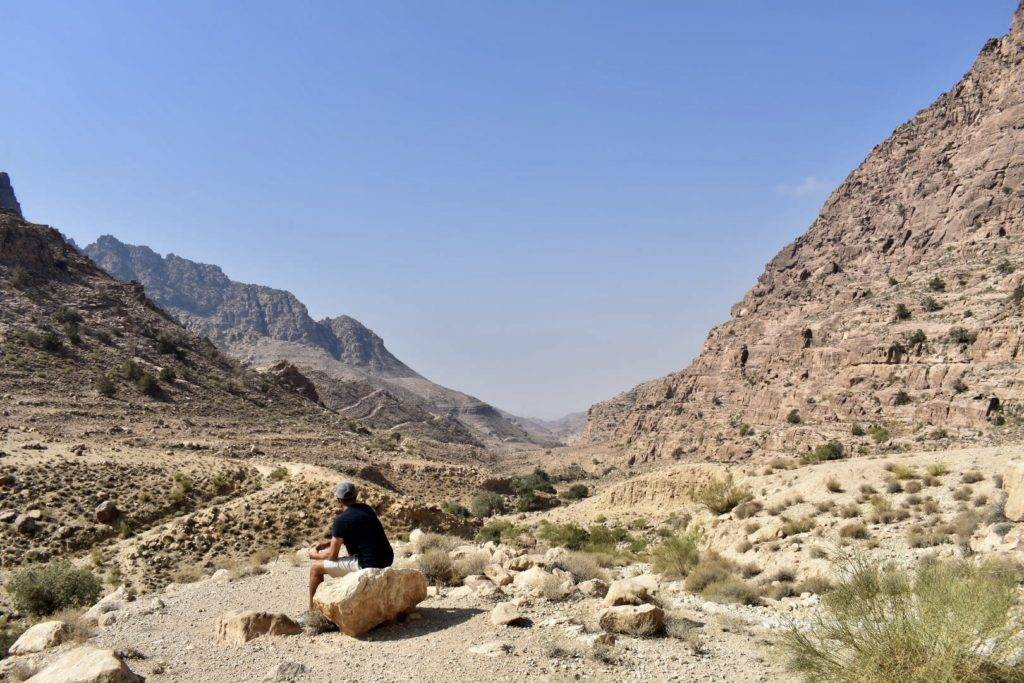
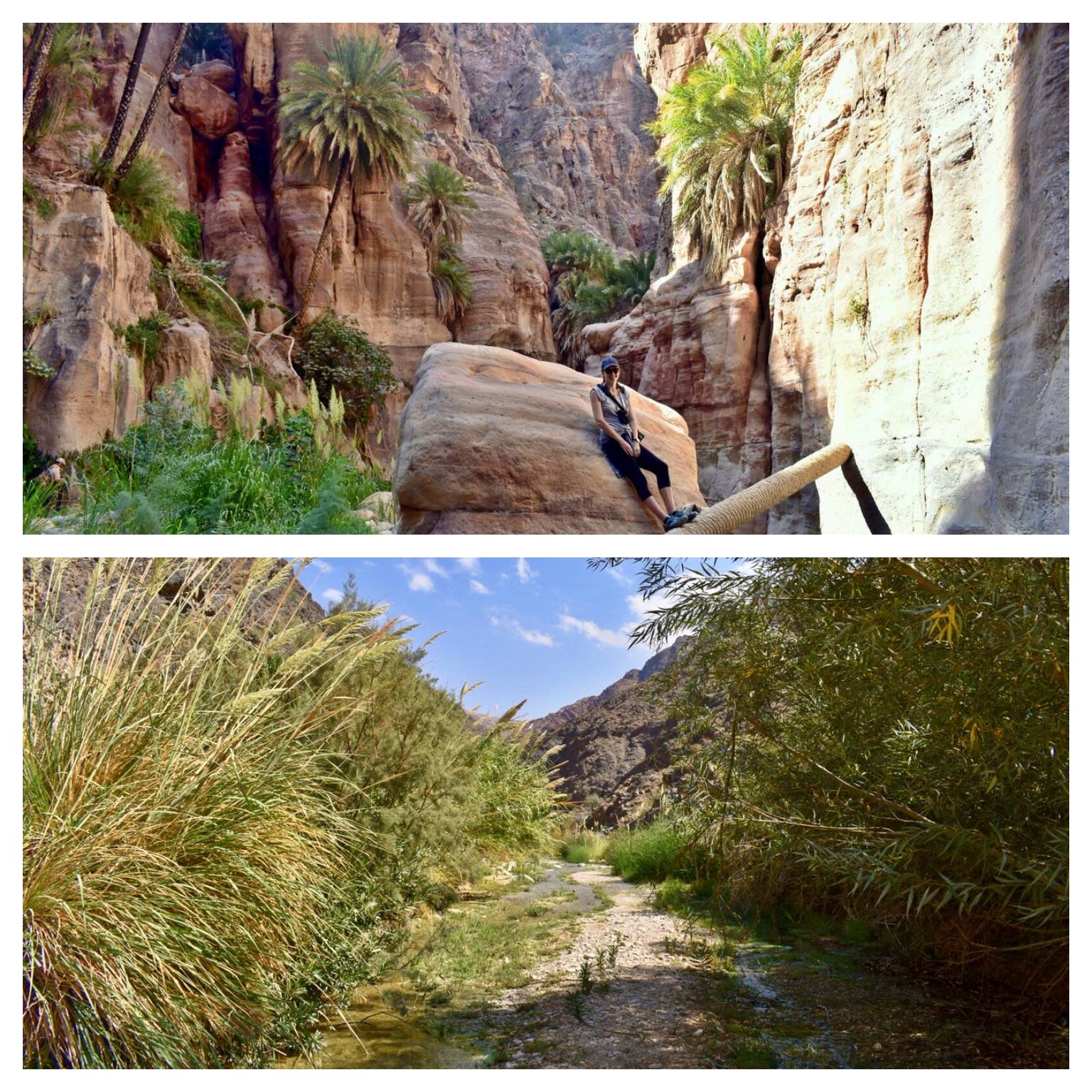
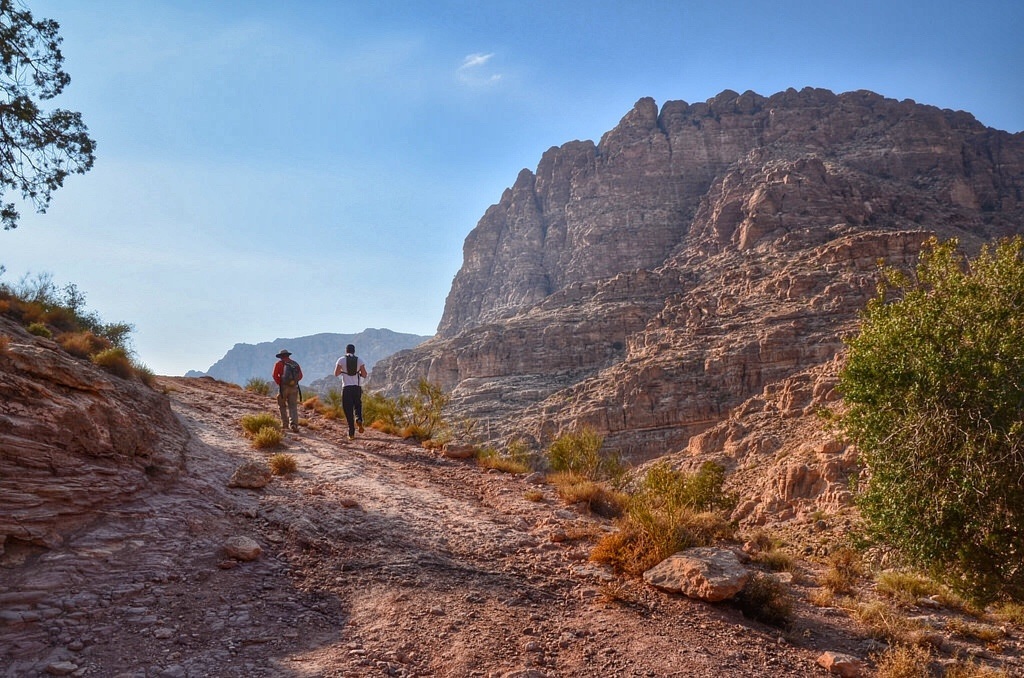

Hiking through Wadi Mujib is a fantastic adventure that allows you to explore the stunning landscapes and unique terrain of Jordan’s Wadi Mujib Reserve. Here’s a guide on how to plan and enjoy a hike through Wadi Mujib:
1. Research and Permits:
- Research the hiking trails in Wadi Mujib, such as the Siq Trail and the Ibex Trail. Each trail offers a different level of difficulty and scenery.
- Obtain the necessary permits. You can usually get them at the Wadi Mujib Visitor Center or through a tour operator.
2. Choose the Right Trail:
- Select a trail that matches your fitness level and interests. The Siq Trail is the most popular and relatively easy, while the Ibex Trail is more challenging.
3. Dress Appropriately:
- Wear lightweight, moisture-wicking clothing suitable for hiking in warm weather. Avoid cotton, as it retains moisture.
- Sturdy, closed-toe hiking shoes with good traction are essential.
4. Pack Essentials:
- Carry a small backpack with essentials such as water, snacks, sunscreen, a hat, sunglasses, and a first-aid kit.
- Consider bringing a waterproof bag to protect your belongings from water during the hike.
5. Timing:
- Start your hike early in the morning to avoid the heat of midday, especially in the summer months.
- Be aware of the opening and closing times of the reserve, as they can vary.
6. Follow Instructions:
- Listen to the guidance of the park rangers and follow trail markers. The trails involve some water crossings, so be prepared to get wet.
7. Safety Precautions:
- Hiking in Wadi Mujib can be physically demanding. Be prepared for steep ascents and descents, as well as slippery and rocky terrain.
- Keep an eye on the weather forecast, as flash floods can occur, making the trails unsafe.
8. Respect the Environment:
- Leave no trace. Carry out all trash, and do not disturb the local wildlife or vegetation.
9. Enjoy the Scenery:
- Take your time to enjoy the breathtaking views of the narrow canyons, waterfalls, and unique landscapes along the way.
- Don’t forget to capture the beauty of Wadi Mujib with your camera.
10. Post-Hike Refreshment:
- After completing the hike, consider visiting the Dead Sea to relax and float in its salty waters, which are nearby.
11. Plan Accommodations:
- If you plan to stay overnight, make accommodation arrangements in advance, as the reserve is located in a remote area.
Remember that safety is paramount when hiking through Wadi Mujib, so always prioritize your well-being. With the right preparation and mindset, you can have an incredible adventure and witness the natural beauty of this unique Jordanian destination.
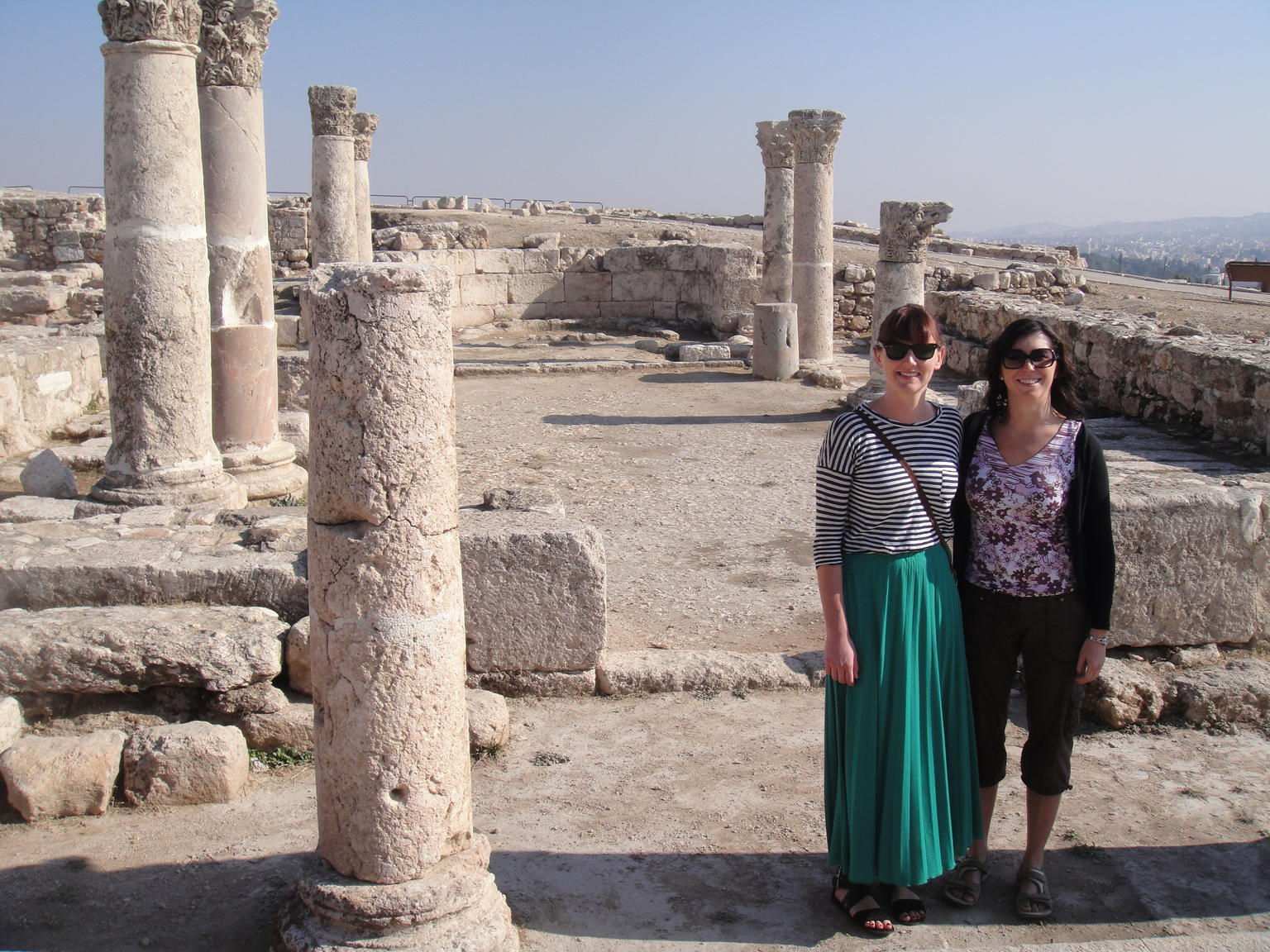
Jordan is a beautiful country with a rich history and diverse landscapes. Here are some of the top places to see in Jordan:
- Petra: Petra is one of the most famous archaeological sites in the world, known for its stunning rock-cut architecture and ancient history. The most famous structure is the Treasury (Al-Khazneh), but there are many other tombs, temples, and caves to explore in this UNESCO World Heritage Site.
- Wadi Rum: Also known as the Valley of the Moon, Wadi Rum is a desert wilderness with dramatic sandstone mountains and rock formations. It’s a popular destination for desert adventures, including jeep tours, camel treks, and even hot air balloon rides.
- The Dead Sea: The Dead Sea is one of the saltiest bodies of water on Earth and is famous for its buoyancy, which allows you to float effortlessly on the water’s surface. The therapeutic mud and mineral-rich waters make it a unique and relaxing experience.
- Amman: Jordan’s capital city, Amman, is a bustling metropolis with a mix of modernity and history. Visit the Amman Citadel, Roman Theater, and explore the city’s vibrant markets and restaurants.
- Jerash: Jerash is home to one of the best-preserved Roman cities in the Middle East. You can walk along its colonnaded streets, visit the temples, theaters, and admire the well-preserved ruins.
- Aqaba: Aqaba is Jordan’s only coastal city, located on the Red Sea. It offers beautiful beaches, vibrant marine life for snorkeling and diving, and the chance to explore nearby attractions like Wadi Rum and Petra.
- Madaba: Known as the “City of Mosaics,” Madaba is famous for its ancient mosaic map of the Holy Land, which is displayed in St. George’s Church. The city is also home to other well-preserved mosaics.
- Mount Nebo: According to biblical tradition, this is the mountain from which Moses viewed the Promised Land. Mount Nebo offers panoramic views of the Jordan Valley, the Dead Sea, and parts of Israel and Palestine.
- Dana Biosphere Reserve: This nature reserve is home to diverse wildlife, hiking trails, and stunning landscapes, including canyons and cliffs. It’s an excellent place for eco-tourism and outdoor enthusiasts.
- Kerak Castle: Located in the town of Al-Karak, this Crusader castle is an impressive example of medieval military architecture. Explore its tunnels, chambers, and battlements while enjoying panoramic views of the surrounding area.
- Umm Qais (Gadara): Umm Qais is an ancient Greco-Roman city with well-preserved ruins. It offers stunning views of the Sea of Galilee and the Golan Heights.
These are just some of the top places to see in Jordan. The country’s rich cultural heritage, natural beauty, and historical sites make it a captivating destination for travelers.





